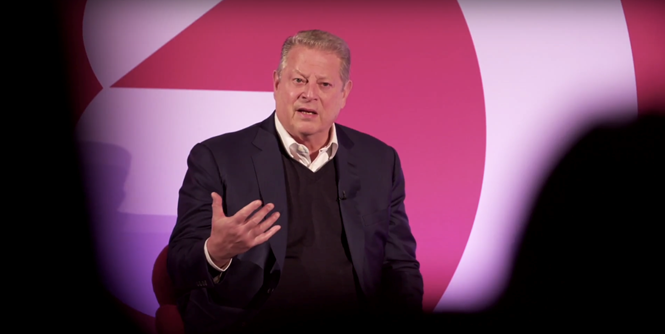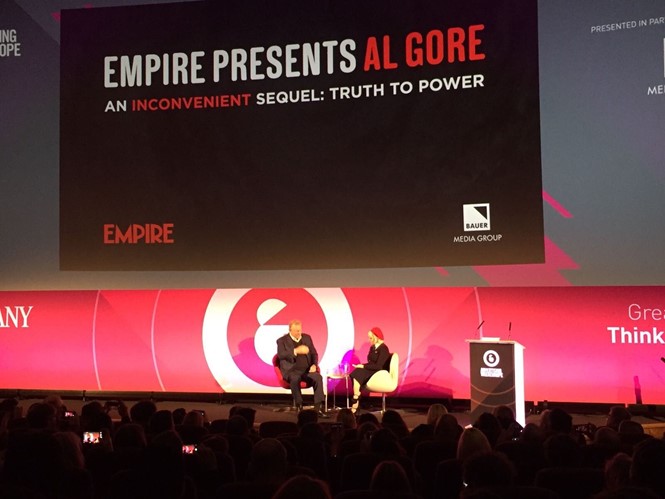An audience with Al Gore
In recent years, brands of all sectors have championed efforts to make whichever industry they operate in as sustainable as possible. Born from a need to alleviate climate change, minimise the risk of catastrophic climate events and decrease dependency on fossil fuels, forward-thinking sustainability is part and parcel of many, if not all, brand corporate social responsibility (CSR) programmes. Speaking to Empire’s editor-in-chief, Terri White, at Advertising Week Europe, former US vice president and curator of 2006 film, An Inconvenient Truth, Al Gore, explains why looking after the planet has never been more critical.
Between 2006 and 2010, around 60% of Syrian farms were abandoned in one of the worst droughts experienced in the Mediterranean region. This saw a widespread migration of the country’s population occur even before the current civil war, which has also left much of the country displaced and contributed to a severe refugee situation. Gore says, “You know we look at the gates of hell opening – they’ve long since opened – but before the gates of hell opened in Syria what happened? A climate related extreme drought, and the scientists have published these studies for several years now showing why exactly its related to the climate crisis.”
To reinforce the impact of man-made climate activity on human lives, in August 2017 Al Gore will release An Inconvenient Sequel: Truth to Power. Gore explains how the documentary nature of An Inconvenient Truth forced a new perspective for policymakers and stakeholders of every kind. This very real impact of climate shifts on the world’s population; the ability of corporations to change the public’s outlook points highlights why brands have a duty to minimise their environmental impact.
Indeed, recent studies published by organisations such as the Edelman Trust indicates public trust in corporations, rather than government or media, is growing. Brands must take advantage of this strong relationship with the consumer to the climate’s advantage. For example, digital proliferation, even for industries not traditionally associated with young audiences such as integrated transport and logistics company, Maersk, allows ‘behind the scenes’ sustainability work to come to the forefront of brand strategy.
Since 2006, stronger communications channels have also seen brands accept more accountability for sustainability policies and be inspired by the work of other brands in their sector. The Body Shop is an example of a sustainability-driven lifestyle brand whose purpose and policies have influenced the sector from within. Social media also gives influential individuals and vocal advocates for climate science, such as Gore himself, a more constant platform. Brand partnerships and CSR is thus more likely to reach a wider audience and therefore entertain a more cautious approach.
And, while the rhetoric emanating from the current US administration is often negative and without climate change in its favour, President Trump’s potential dismissal of the Paris climate agreement is not certain, says Gore. “First of all, I think there is still a realistic chance that President Trump will decide not to pull the United States out of the Paris Agreement,” explains Gore. “That decision has not been made. But there is an active debate in his inner circle. I have some visibility to that debate, I don’t know what’s going to happen, but I think there’s still a chance that he will not pull out of the Paris agreement.”
With the Paris Agreement a significant intergovernmental, international step towards reducing greenhouse gas emissions and mitigating the likelihood of future catastrophic events, the influence of corporations and brands can have a more regional impact. Gore explains, “This collision between the power of industrial civilisation and the surprising fragility of the Earth’s ecosystem now poses a great danger that could even threaten the future of human civilisation itself.” It is hoped both B2B and B2C brands will seek to minimise this fragility as the years go on.














